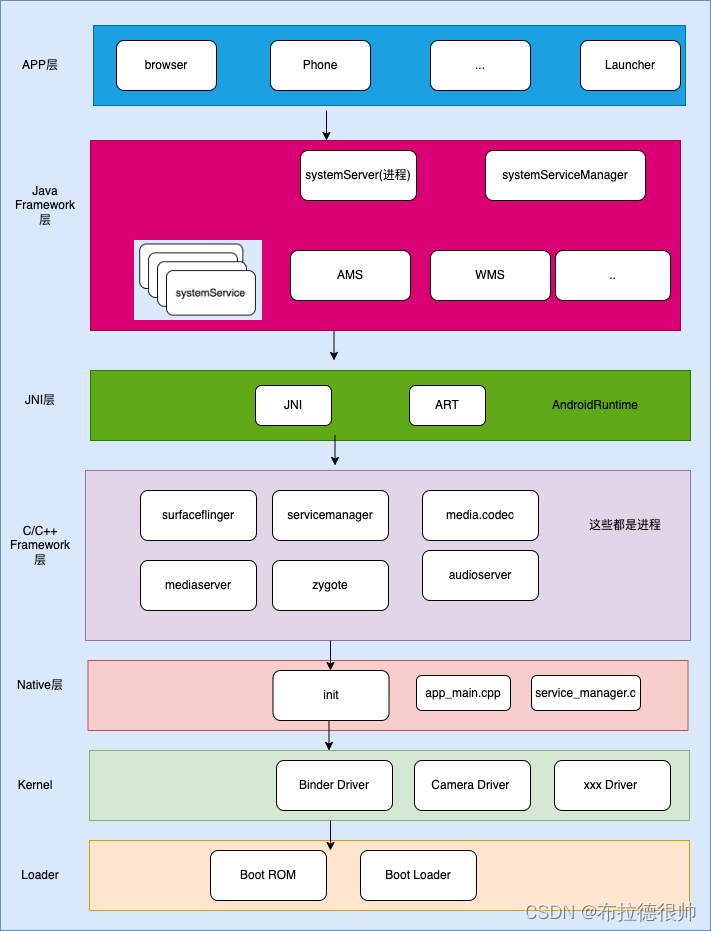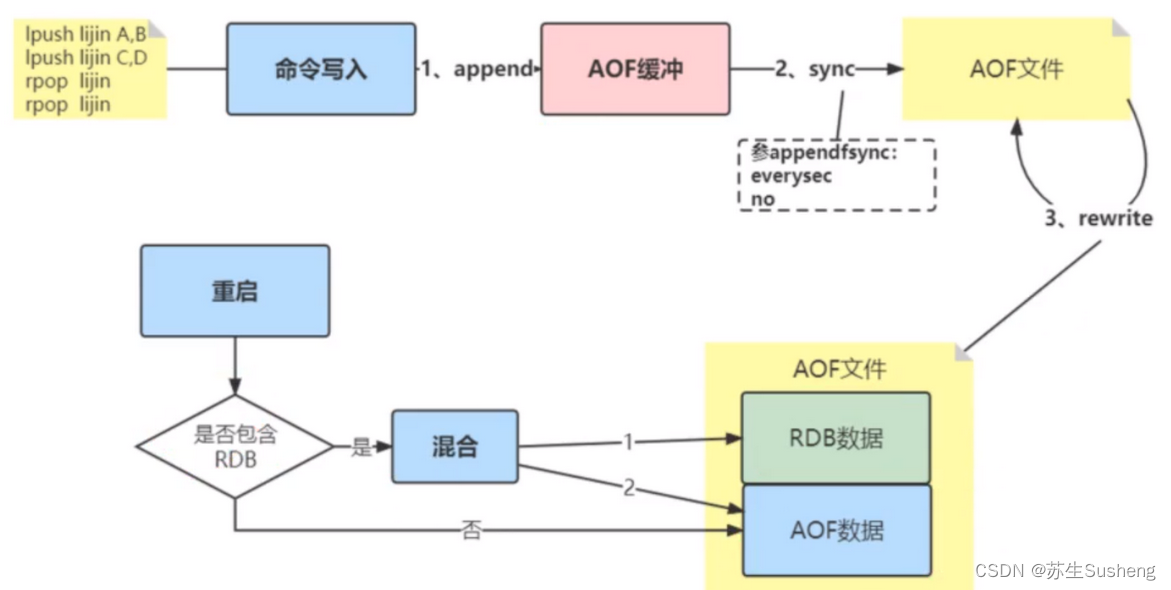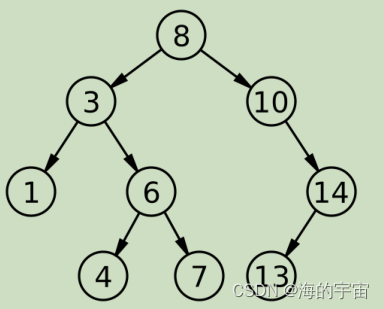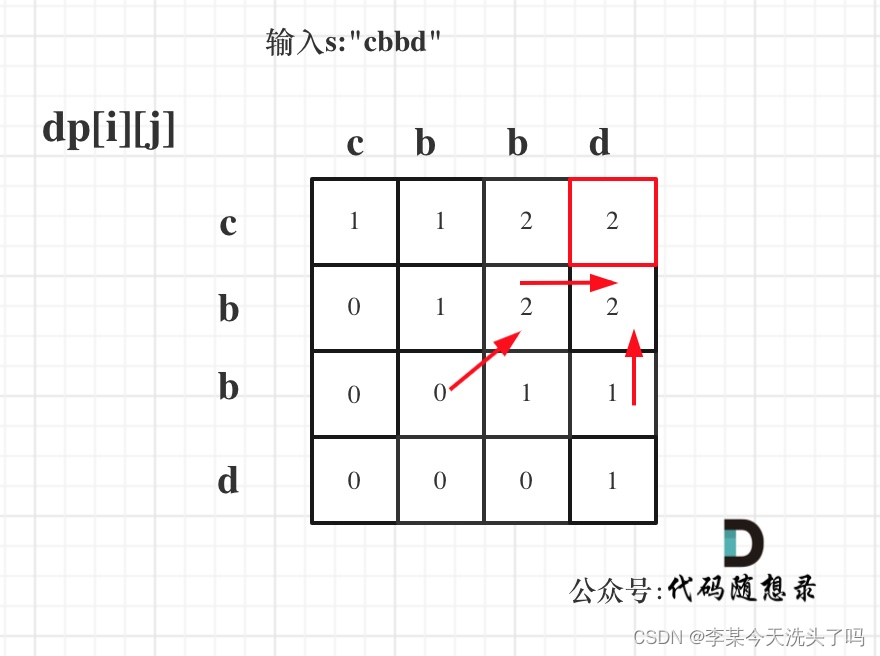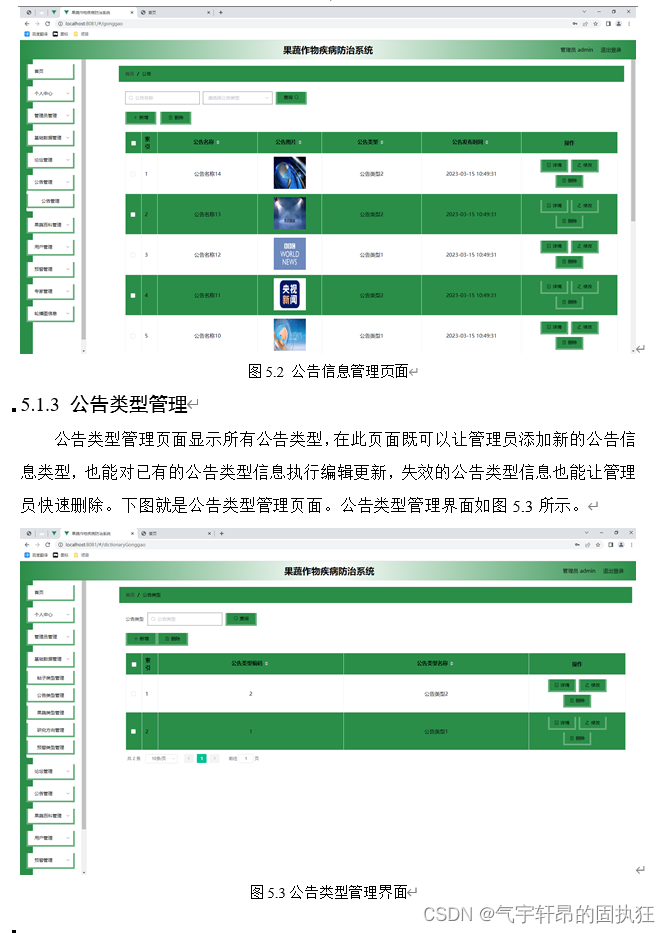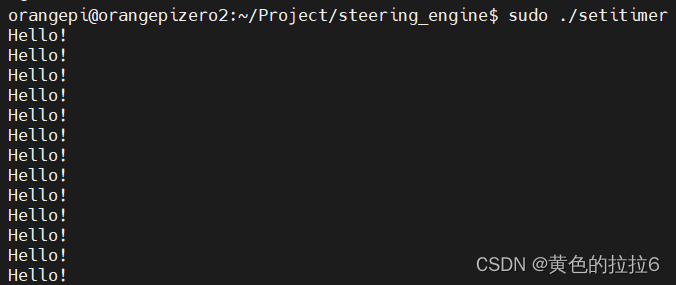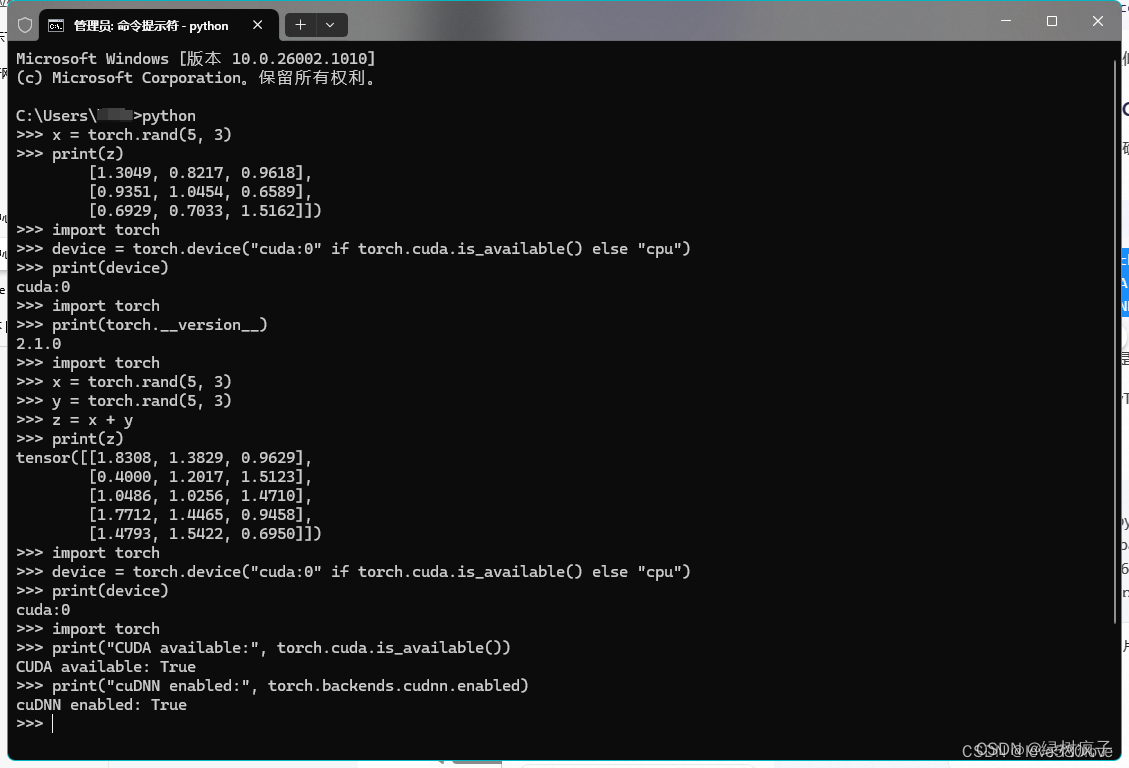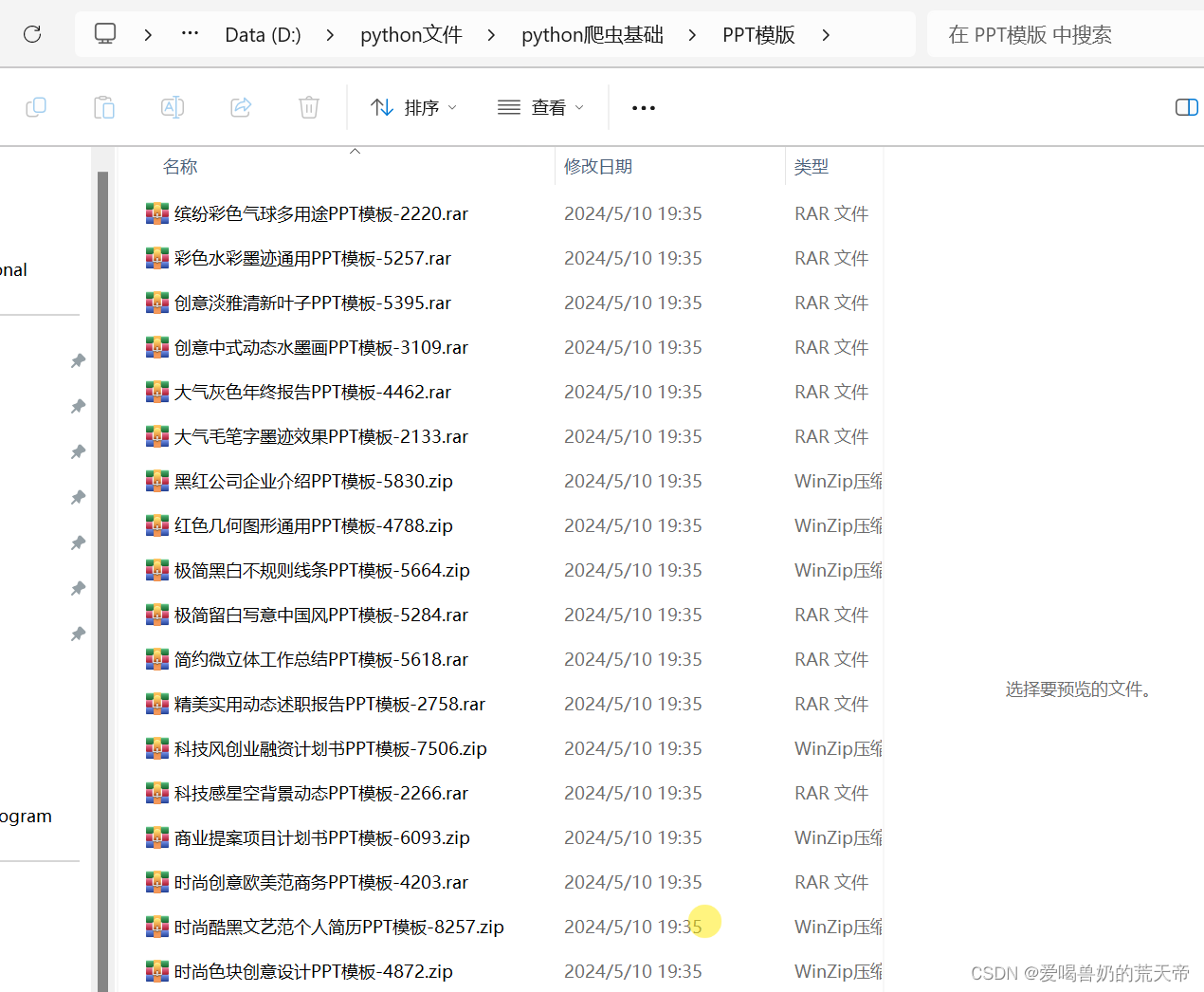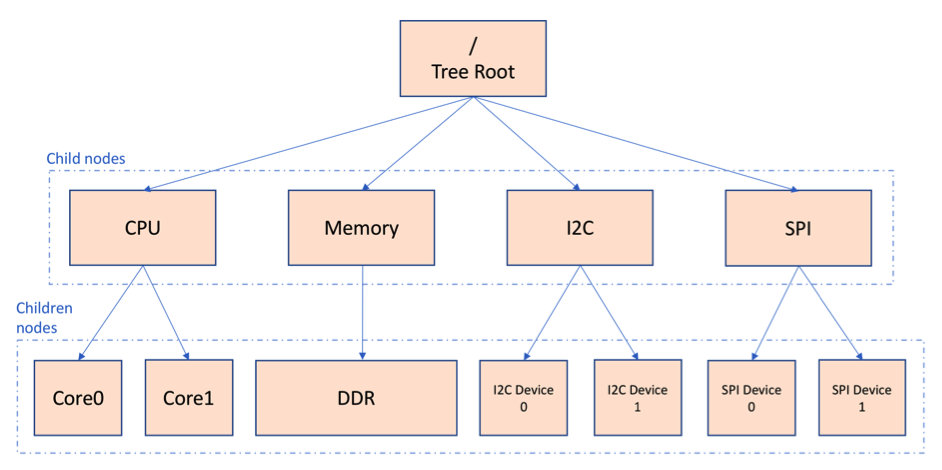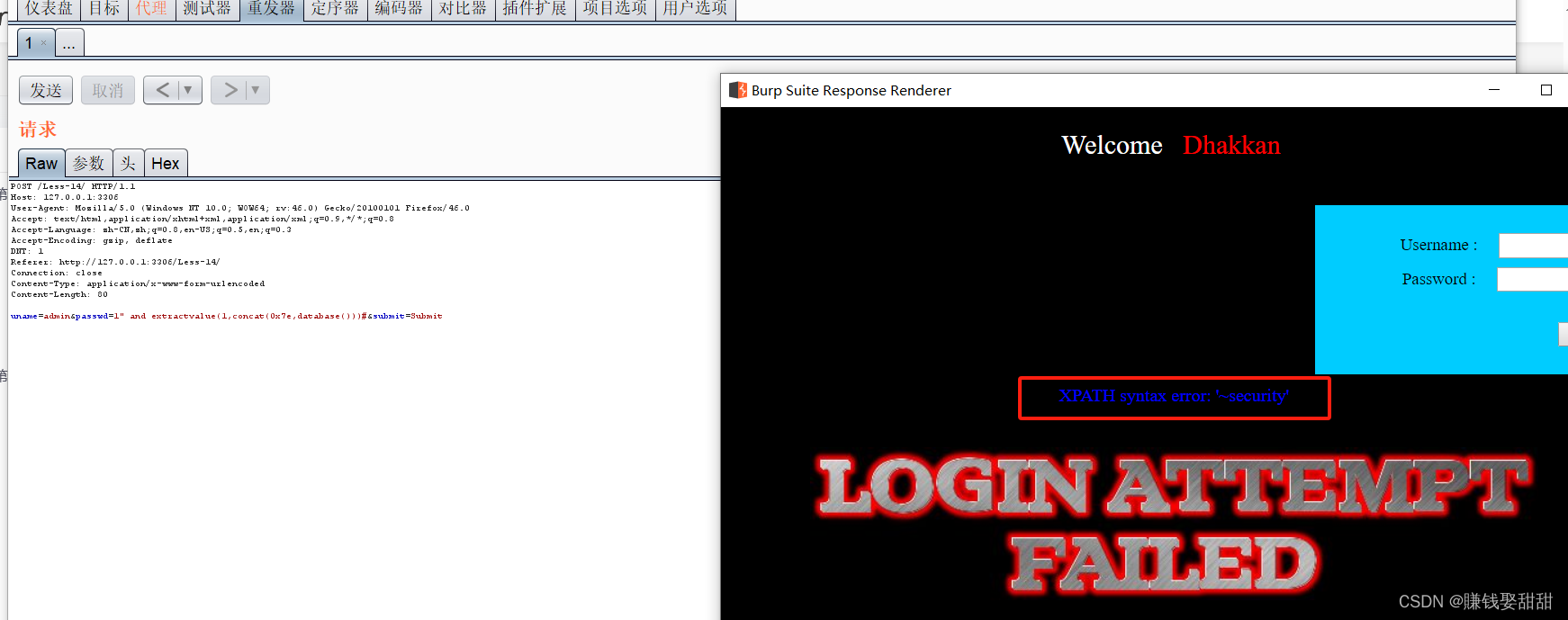读取打包到JAR中的文件:常见问题与解决方案

喝淡酒的时候,宜读李清照;喝甜酒时,宜读柳永;喝烈酒则大歌东坡词。其他如辛弃疾,应饮高梁小口;读放翁,应大口喝大曲;读李后主,要用马祖老酒煮姜汁到出怨苦味时最好;至于陶渊明、李太白则浓淡皆宜,狂饮细品皆可。
—— 林清玄 《温一壶月光下酒》
在Java应用中,特别是在使用Spring框架时,常常需要从JAR文件中读取资源。这个操作在开发期间看起来很简单,因为文件系统直接可访问。然而,一旦应用被打包成JAR后运行,常见的文件访问方法就会失败,因为JAR文件内的资源不能像普通文件那样被直接访问。
在Java和Spring框架中,理解资源文件的正确处理尤为重要,尤其是当资源文件被包含在JAR包内时。下面,我们将分析一个常见的错误示例,以及如何通过更合适的方法来纠正这个问题。
错误的案例:直接使用File API读取Spring的注入资源
在使用Spring框架时,我们可能会尝试直接将使用@Value注解注入的Resource转换为File来处理。这在资源文件位于文件系统中时有效,但如果这些资源位于JAR包内,此方法将导致失败。
示例错误代码:
import org.springframework.beans.factory.annotation.Value;
import org.springframework.core.io.Resource;
import org.springframework.stereotype.Component;import java.io.File;
import java.io.IOException;@Component
public class ResourceReader {@Value("classpath:assets/document-formats/onlyoffice-docs-formats.json")private Resource resourceFile;public void readFile() {try {File file = resourceFile.getFile(); // 这里会抛出IOException// 进一步处理文件...} catch (IOException e) {e.printStackTrace();throw new RuntimeException("Failed to access resource file", e);}}
}
错误原因:
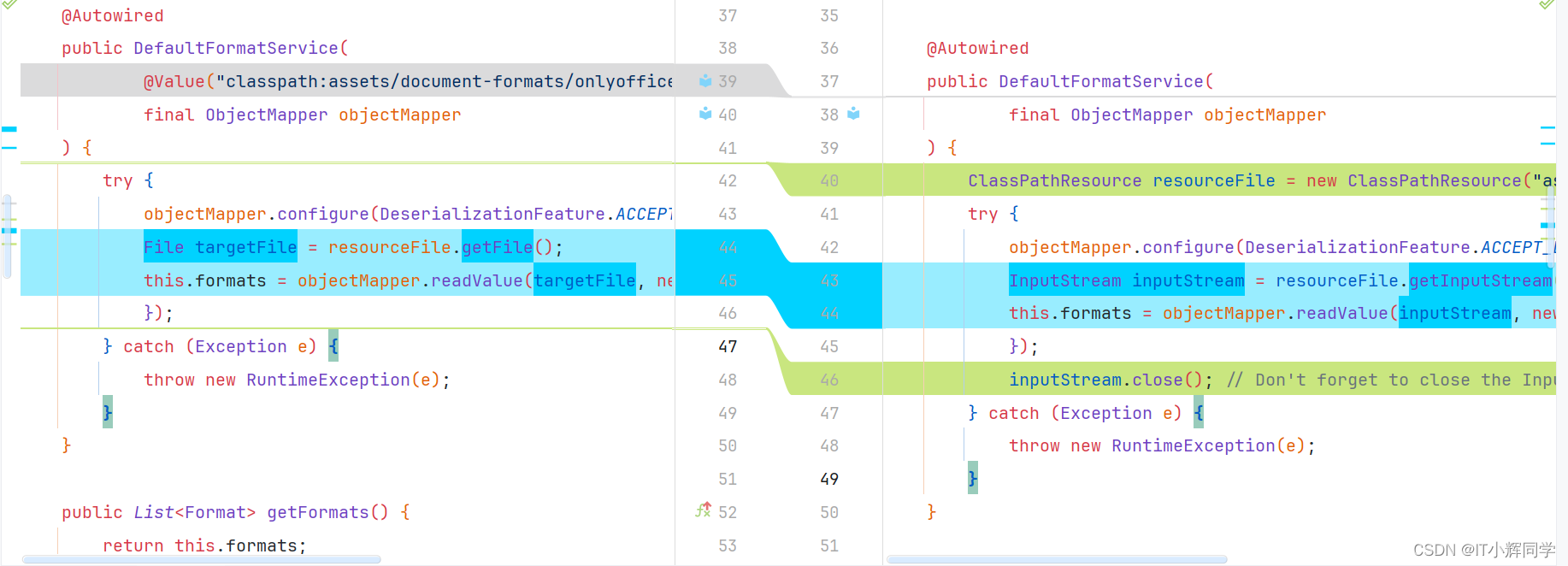
在上述代码中,Resource.getFile()方法在资源文件位于JAR包内时会失败,因为JAR内的资源并不是一个真正的磁盘上的文件,而是JAR文件的一部分。因此,尝试获取其作为File对象会抛出IOException。
常见问题说明
当将应用打包成JAR(Java ARchive)文件时,所有的类文件和资源文件都被封装在一个单一的文件中。许多开发者习惯使用类似于文件路径的方式来访问资源,如使用File类。这在开发阶段没有问题,因为资源文件直接位于文件系统上。但是,一旦资源被封装到JAR中,尝试以同样的方式访问这些资源会导致FileNotFoundException或NullPointerException,因为File类不能读取JAR内部的路径。
解决方案
1. 使用Class.getResourceAsStream()方法
Java提供了Class.getResourceAsStream(String path)方法,它能够从当前类的类路径中读取资源为InputStream。这个方法适用于任何形式的类路径资源,包括JAR文件内的资源。
InputStream is = MyClass.class.getResourceAsStream("/path/to/your/resource.txt");
if (is != null) {try (BufferedReader reader = new BufferedReader(new InputStreamReader(is))) {reader.lines().forEach(System.out::println);} catch (IOException e) {e.printStackTrace();}
} else {System.out.println("Resource not found");
}
2. 使用ClassLoader.getResourceAsStream()方法
与Class.getResourceAsStream()类似,ClassLoader.getResourceAsStream()也提供了一种从类加载器的类路径中读取资源的方法。这个方法不需要从类的角度去定位资源,而是直接从类路径的根开始。
InputStream is = Thread.currentThread().getContextClassLoader().getResourceAsStream("path/to/your/resource.txt");
if (is != null) {try (BufferedReader reader = new BufferedReader(new InputStreamReader(is))) {reader.lines().forEach(System.out::println);} catch (IOException e) {e.printStackTrace();}
} else {System.out.println("Resource not found");
}
3. 使用Spring框架的Resource抽象
如果你在使用Spring框架,Spring提供了一个非常强大的资源抽象,通过Resource接口来统一处理资源。Spring可以通过ApplicationContext来访问资源,使用Resource接口可以非常灵活地处理各种资源类型。
@Autowired
private ResourceLoader resourceLoader;public void readResource() {Resource resource = resourceLoader.getResource("classpath:path/to/your/resource.txt");try (InputStream is = resource.getInputStream()) {new BufferedReader(new InputStreamReader(is)).lines().forEach(System.out::println);} catch (IOException e) {e.printStackTrace();}
}
最佳实践
- 使用流处理资源:无论资源位于文件系统还是JAR文件中,始终使用
InputStream来访问资源。这样可以确保应用的可移植性和灵活性。 - 优先使用Spring的
Resource抽象:如果你使用Spring框架,利用Spring的Resource抽象来处理资源,这样可以更容易地集成更多Spring功能。 - 错误处理:总是进行适当的错误处理,如资源不存在时的处理。这可以避免运行时错误并且精确定位错误点。
破问题太坑了——
